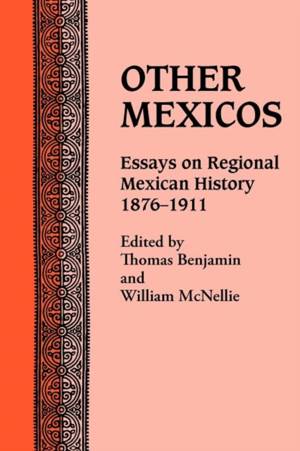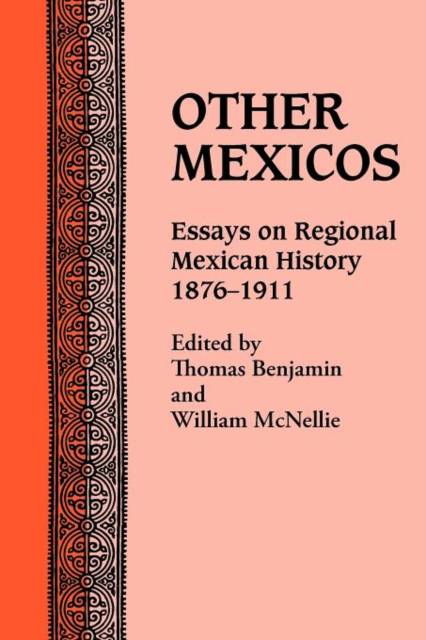
- Afhalen na 1 uur in een winkel met voorraad
- Gratis thuislevering in België vanaf € 30
- Ruim aanbod met 7 miljoen producten
- Afhalen na 1 uur in een winkel met voorraad
- Gratis thuislevering in België vanaf € 30
- Ruim aanbod met 7 miljoen producten
Other Mexicos
Essays on Regional Mexican History, 1876-1911
Thomas Benjamin, William McNellieOmschrijving
For centuries Mexico City dominated the country. Political leaders during the colonial period and the nineteenth century concentrated power and wealth in the capital city, and for many people the metropolis was Mexico. This view of the monolithic influence of Mexico City took on new meaning during the reign of Porfirio Díaz from 1876 to 1911. He imposed a strong centralism and subordinated regional concerns to presidential prerogative. Yet, as the essays in this volume emphasize, a rich regional diversity persisted in Mexico during the Porfiriato.
Examined in this volume is the neglected field of Mexican history at the regional level during Díaz's long rule. The panorama of regional perspectives and center-periphery relationships includes essays on eight states that combine original research and synthesis. These chapters present political, economic, and social developments in specific regions, based on long-ignored archival materials and new points of view. An introductory chapter gives an overview of the period, and the final two chapters respectively indicate promising opportunities for additional research and provide a selection of suggested readings.
The value of this collection to students and specialists lies in an expanded understanding of regional history during the Porfiriato, an appreciation for the range of local sources available, and a stimulus to further investigation. The reinterpretation given the Porfiriato also broadens our knowledge of the forces leading to the revolution and still influencing the nation today.
Specificaties
Betrokkenen
- Auteur(s):
- Uitgeverij:
Inhoud
- Aantal bladzijden:
- 336
- Taal:
- Engels
Eigenschappen
- Productcode (EAN):
- 9780826307552
- Verschijningsdatum:
- 1/07/1984
- Uitvoering:
- Paperback
- Formaat:
- Trade paperback (VS)
- Afmetingen:
- 147 mm x 226 mm
- Gewicht:
- 453 g

Alleen bij Standaard Boekhandel
Beoordelingen
We publiceren alleen reviews die voldoen aan de voorwaarden voor reviews. Bekijk onze voorwaarden voor reviews.











